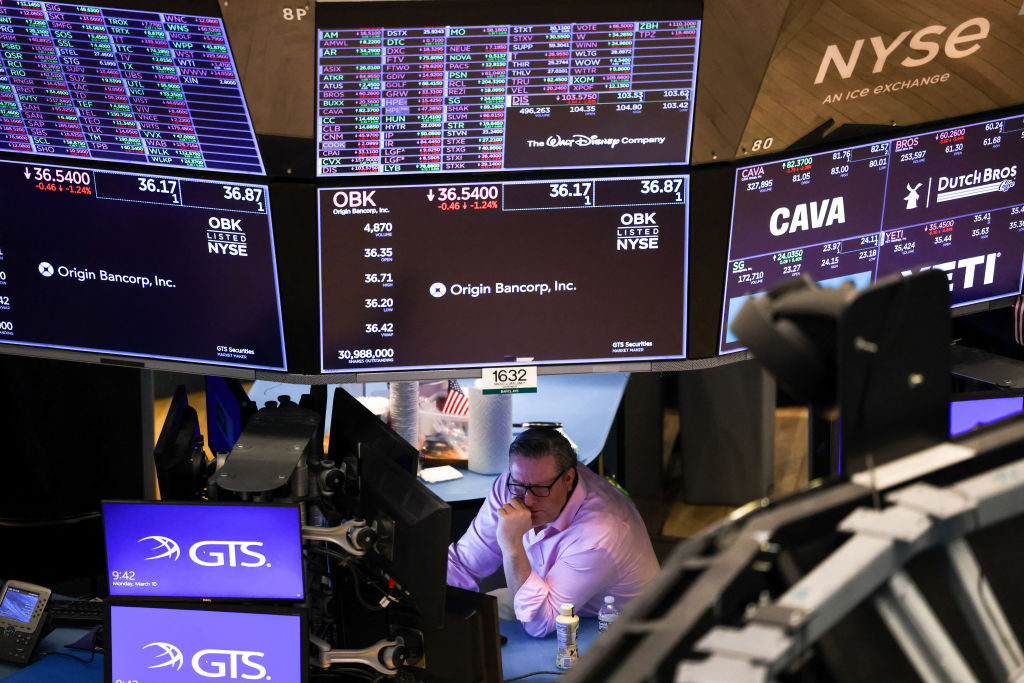The recent bankruptcies of a little-known auto-parts supplier called First Brands and auto lender Tricolorhas sparked talk about a looming financial crisis in a booming but much misunderstoodcorner of finance.
Jamie Dimon, the CEO of JP Morgan, sent shivers through financial markets earlier this month when he referred to these bankruptcies as a ‘cockroach’ and warned: ‘When you see one cockroach, there are probably more.’
His comments were taken as a broadside against private credit, a niche corner of debt markets that has seen blazing growth in recent years. In private credit, non-bank financial firms such as Apollo Global Management, Blackstone and KKR pool capital from investors to lend out to corporations, and, increasingly, to other sections of the economy. It’s a form of shadow banking.
Dimon’s comparison is gripping. As anyone who has dealt with cockroaches can attest, there’s a whiff of human blame with any infestation. Dirty dishes, dripping pipes, putrid rubbish. The implication, whether Dimon intended or not, was that non-bank actors were lending with lower standards and, in doing so, putting at risk the very stability of the financial system.
‘Alarm bells start going off,’ cautioned Andrew Bailey, the governor of the Bank of England, speaking about the two bankruptcies. Kristalina Georgieva, president of the IMF, admitted that private credit ‘keeps me awake every so often at night.’
Adding fuel to the fire, there’s been additional trouble since Dimon’s comments. BlackRock, (exposed via its private credit arm HPS Investment Partner) and other lenders have accused Bankim Brahmbhatt, owner of two US telecom firms, of ‘breathtaking’ fraud and owing them more than $500 million.
Expect further ‘cockroach’ sightings. The US and UK, where private credit firms mainly operate, face economic headwinds that will surely lead to more bankruptcies.
But are these signs that private credit is a systemic worry? Failures haven’t yet started stacking up, and just as importantly, the failures that have emerged haven’t destabilised the financial system. In the 2008 financial crisis, it wasn’t just US subprime mortgage losses that caused the financial contagion – it was the slicing and dicing of them into collateralised debt obligations (CDOs), and the interconnected and complex web between global banks and other financial firms that required bailing out.
It’s worth noting that, in a fashion, private credit is a byproduct of the post-crisis pursuit of financial stability. Regulators have been pushing riskier types of lending out of the banking system and creating a vacuum for the rise of a nearly $2 trillion market. While private credit is opaque and murky, it’s better for the risk to be taken by long-term investors and removed from normal bank users. Anything seems preferable to bailing out the banks – yet again.
So far, private credit losses have been contained and the contagion mechanism modest. Indeed, the bulk of the debt at First Brands wasn’t private at all, but filtered through banks and public markets. Tricolor had no private credit exposure at all. Stephen Schwarzman, founder and CEO of Blackstone, snipped that these ‘cockroaches’ have been ‘erroneously linked to the traditional private credit market as a result of misunderstandings and misinformation.’
Regulators should increase their oversight, nonetheless. Private credit’s initial burst of growth mainly came from providing financing for leveraged buyouts, the debt that private equity barons pile on to take over corporations. Now financial titans are expanding the definition of what’s private credit to what’s called asset-backed finance. With this, the forecast for growth is astronomical – with some projecting a boom to $40 trillion or more.
In this variant of private credit, they are taking assets such as trade receivables, a kind of IOUs from customers, to use as collateral for loans. It was such borrowings against invoices, off balance-sheet debt, that felled First Brands. Similarly, accounts receivables were apparently the collateral for private loans to Brahmbhatt’s two failed companies.
And here the worry comes back to banks, the perennial weakest link in the system. Jefferies’ shares are down more than 20 per cent because its funds invested $750 million in First Brands’ trade receivables. UBS also has exposure. In Tricolor, JPMorgan and Barclays were the ones hit with losses. In BlackRock’s recent private credit troubles, BNP Paribas was involved.
More importantly to the financial system, banks are increasingly tying up with private credit funds, including lending to them. While fairly modest at the moment, the large US bank exposure to private credit has already risen to 25 per cent of their equity, according to Fitch Ratings. That amount is likely going to increase and will have ever greater consequences.
Mohamed El-Erian, Allianz chief economic advisor, said he expects to see more cockroaches, but also noted that ‘cockroaches are not termites’: they don’t come alone, but they don’t eat away at the foundations. Let’s keep it that way.







Comments